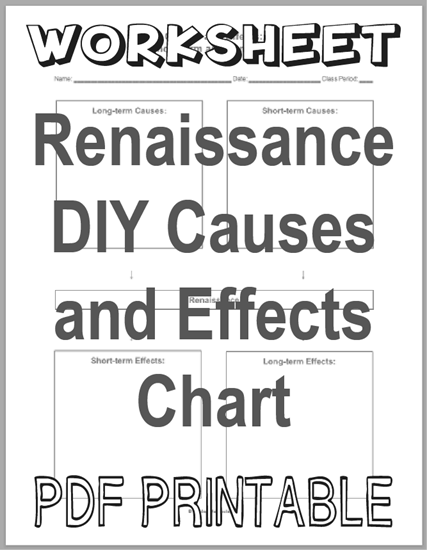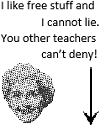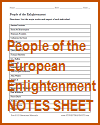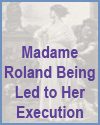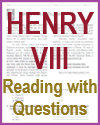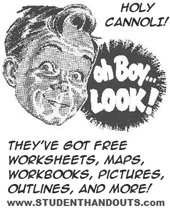Click here to print this blank chart worksheet (PDF). Answers will vary.
The European Renaissance, which began in the 14th century, was sparked by both short- and long-term causes that led to lasting cultural, intellectual, and societal effects. In the short term, the decline of feudalism, the growth of trade and cities, and the devastation of the Black Death weakened traditional structures and increased curiosity about the world. Wealthy merchant families, particularly in Italian city-states like Florence and Venice, funded artists and scholars, allowing new ideas to flourish. The fall of Constantinople in 1453 also brought Greek scholars and classical texts to Western Europe, reigniting interest in ancient knowledge.
Long-term causes included the growing influence of humanism, which emphasized the value of individual achievement and classical learning, and the spread of literacy, especially after the invention of the printing press around 1440. This technological advancement allowed Renaissance ideas to circulate more rapidly and widely.
The effects of the Renaissance were profound. In the short term, it produced remarkable achievements in art, literature, and science, with figures like Leonardo da Vinci, Michelangelo, and Galileo shaping new ways of thinking. In the long term, the Renaissance encouraged secularism, critical thinking, and innovation, helping lay the groundwork for the Scientific Revolution, the Enlightenment, and the modern Western worldview. It marked a major turning point in European history.
|
